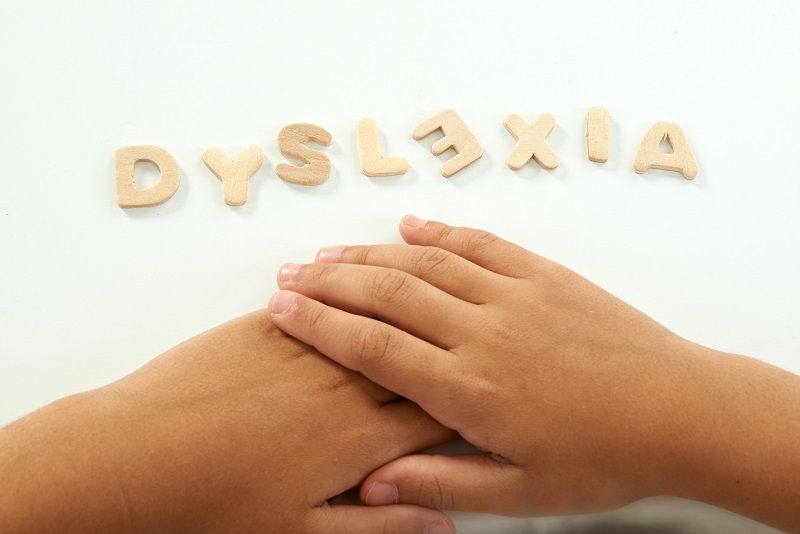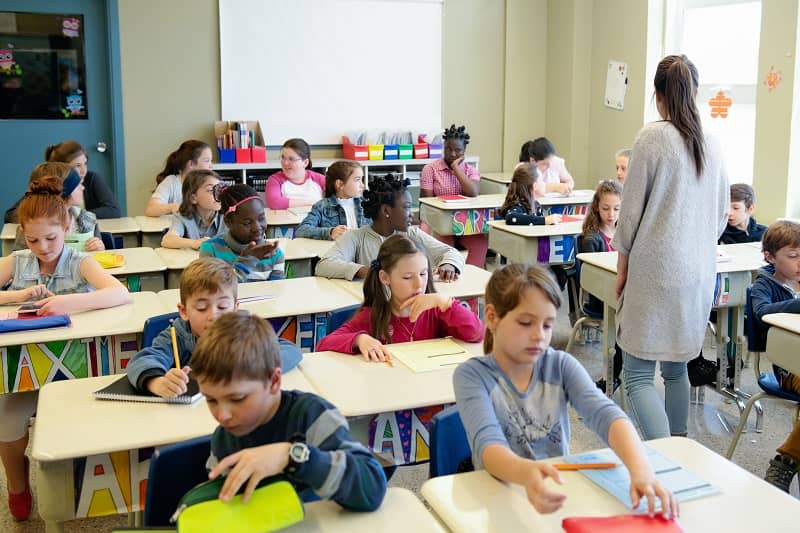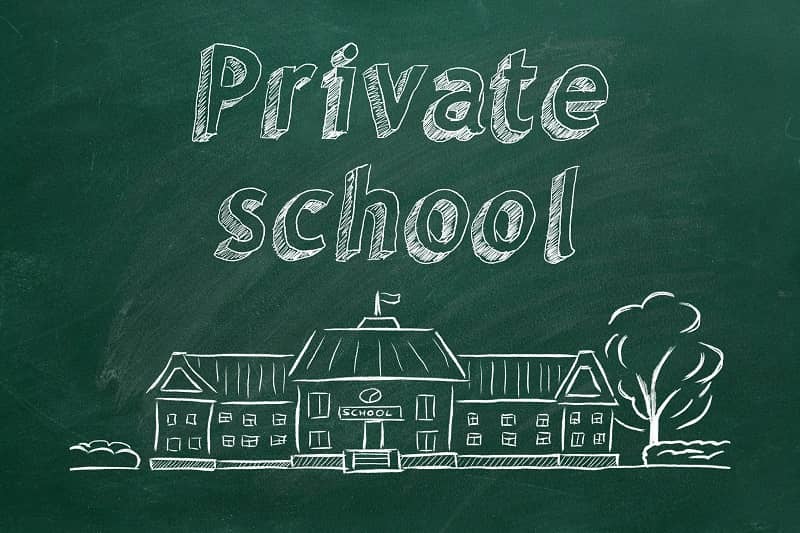

Oregon’s public schools are failing Oregon students. That became even clearer on August 4, when The Oregonian reported new data showing that despite increased funding since 2000, 71 public schools in Oregon are failing, according to federal No Child Left Behind standards. Every time Oregon’s public schools come up short, there is a renewed chorus for more funding. But the history of public education funding suggests no amount of money can fix public schools.
It is true that many failing schools likely have lower per pupil funding than some wealthier, suburban districts. However, no evidence exists that more funding would improve results in failing schools. Nationally, there is no correlation between per pupil funding and test results.
As a result of a court order, Kansas City famously became the biggest spender per pupil ($11,700) and has the lowest student-teacher ratio (12:1) of any big city school district. Student performance didn’t improve, and neither did the gap narrow between different student groups.
Currently, at least seven states and Washington, D.C. spend more than $10,000 per pupil. Washington, D.C. has among the nation’s worst performing schools. The lowest spending state per pupil, Utah, has among the nation’s highest test scores.
Improving public education in Oregon will require going outside the public school system. More money can’t fix public schools.











